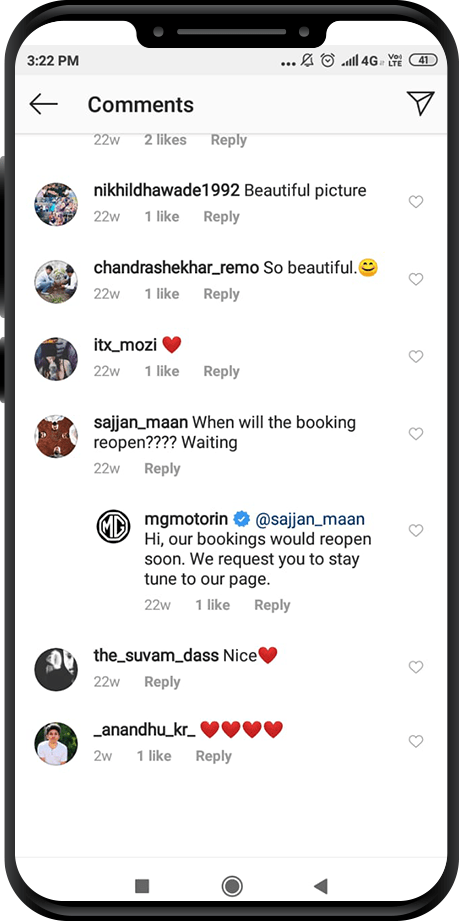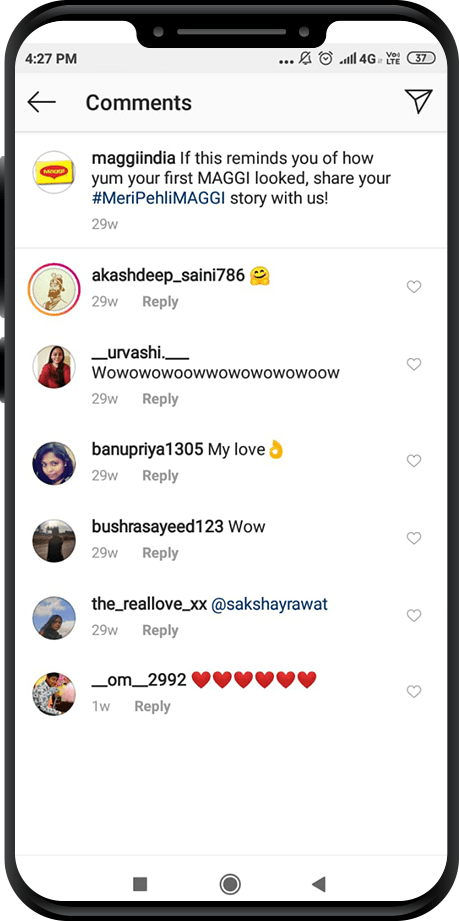What if a customer is a brand’s die-hard fan? The sheer devotion, fandom and everything else that comes along with it is possibly the greatest marketing force, especially for brands suffering from stagnation. To keep it simple, Fancoracy, as coined by marketing strategist, David Meerman Scott, is the art of creating an “influencer group†of people and driving sales through them – Converting fans into customers and customers into fans.
From a customer’s perspective, the road doesn’t end at their expectation from the product and the brand, they look for the experience and the connection that comes with it. Fandom can possibly be the key factor to earn more loyal customers and gradually creating a fanbase through real connections. This concept has been adopted by several businesses with the vision to consolidate community based relationships. The fundamentals of fanocracy depend on the conversion of leads who are fans into customers and vice versa . Through Fanocracy, the targeting is more accurate which is one exclusive factor in lead conversion. For instance, people in general want to strike a balance between their wants, desires, needs and being economical. They also look for validation, and affirmation. This pattern buyer behavior has sowed the seeds for influencer marketing, as we know it today.
Table of Content
Influencer Marketing Presence Drives FanhoodPoint in Case: Lead Generation Models Through Fanocracy
Influencer Marketing Presence Drives Fanhood
In an era where social media marketing has got a strong presence in conveying a message to the audience, influencer marketing counts as the sub ingredient towards drawing more customers and creating a “buzz†around the product or brand. It works on inspiring, hiring and paying “celebrated people†to get out the word for the brand. However, popular celebrities are not always an option, mainly because of budget issues. As a spinoff, brands have taken to using notable “social†personalities to engage with customers and prospective customers.
As vanilla as it looks, platforms like Instagram and TIKTOK are ripe with such examples. However, the genius in the strategy is that, while people know that celebrities are paid ambassadors, sponsored influencer marketing is not always obvious. So, brands have “real†people advocating for them. Can it get better than that? David Meerman Scott says it can. Fancoracy, unlike pure-play influencer marketing, takes paid influencer out of the equation, and rather harps on using public perception to create a buzz.
Point in Case: Lead Generation Models Through Fanocracy

Patreon and Masterclass, are examples of online businesses that have flourished simply because they have embedded fanocracy as a part of their digital marketing strategies. – Prime players directing for and Digital Marketing.
1. Patreon: Building Relationships Between Creators and Subscribers
In 2013, Jack Conte (an American Musician, singer-songwriter and filmmaker) had millions of people who loved his videos and were very willing to attend music sessions provided by an expert like him, but he couldn’t afford to conduct classroom sessions for his fans. Alternatively, he developed a website, Patreon, allowing his fans and followers to pay him directly for the music that they look up to and are willing to learn.
Patreon gradually became the hub for driving fanhood to customers by personalising content for the customers – a tier-based fanhood driving and giving a personal touch to interact with the fans is a great way to expand one’s market reach. Using a subscription based payment model, fans pay their favorite creators a monthly amount of their choice in exchange for exclusive access, extra content, or a closer look into their creative journey. Over the past 7 years Patreon has over 100k creators supported by more than 3 million patrons, and is on track to pay creators $1 billion by now.
2. MasterClass: Using Experts (idols) to Draw Potential Customers
Masterclass, sells online courses from the very pioneers in the particular niche at a fairly nominal price. This website was founded by David Rogier and Aaron Rasmussen in 2015, giving a platform for education to learn from the idols that a fan has, provides classes with cinematic details. Out of these renowned personalities, Gordan Ramsay (one of the world’s most celebrated chefs) teaches essential skills required to prepare sophisticated restaurant like dishes at home and demonstrate them through the live sessions that include video lessons, exercises, workbooks, and interview sessions.
This approach of fanocracy has transformed the concept of marketing and sales altogether. The contemporary entrepreneurs have to foresee and create strategies that would pull off more customers and not just that, they pay attention towards maintaining customers’ consistent interest in order to retain them and hence, have discontinued implementing the traditional way to attract customers.
Success Strategies Based on Fanocracy

With the aim to nurture customers and turn them into real fans, here are some possible ways of adopting the fanocracy model as a part of existing marketing strategies, to drive customers and in turn sales. :
1. Influencer Marketing Drivers
This would help target audiences who truly want to support the brand because of the loyalty and trust they have on the company, as well as its products and services. Nurturing such an audience is much more likely to cultivate Fanocracy than merely paying for a celebrity endorsement. For example, Peter McKinnon (trending photographer and videographer) talks about Canon in his videos available on Youtube and Instagram. Rather than getting the brand endorsed by some celebrity, Canon would rather attune their marketing campaigns around him, because the audience trust his opinions, and that is a major factor in defining purchase decision. When a brand uses influencers, who have a strong social presence, their investment in the campaign would be nothing compared to the ROI that they would earn from it, even if the conversion rate is only 1%.
2. Engage Brand Fans
Fans ultimately want their idols to acknowledge them. Therefore, when companies engage with true fans, an everlasting bond is created, which in turn establishes a group of potential consumers who are real supporters of the brand.
3. Focus on Emotional Trigger
Over the course of many interactions, a loyal customer or fan understands and associates with the brand, creating a lasting bond. This is why brands like Nestle Maggie and Coke drive their marketing campaigns based on emotion or with a social message. When the fans know they can always rely on their favorite brands to be open and honest, even during controversies and tough times, the fans will honor and respect that and continue to be loyal to the brand during times of trouble.
4. Become More Than a Product or Service
Despite products being absolutely commercial, people continue to be brand lovers because they are able to assign an emotional weight to decisions around how they use the product. This makes certain products accessible to people from multiple audience pools. Apple is a classic example of this sentiment – Apple has become a movement. Their customers, potential customers and fans also don’t shy away from joining a community around the product on multiple platforms, setting the stage for more to follow their lead.
5. Adding a Personal Touch
Personal interactions are what makes us human, and personalization is the new marketing secret ingredient. When a brand seems like they go “out of their way†for their customers, they build a loyal following because of their magnanimous spirit’. An organization can implement the concept of proximity to customers, to boost fandom that creates a true Fanocracy.
Conclusion
Community-based programs and following go a long way than conventional marketing gimmicks and tactics as a business lacks the personal touch that would fuel fandom. Emotional value matters more to people, for which they would rather choose the emotional value over a conventional product or service. Fanocracy upholds the future of business and it’s safe to assume that this is an extremely smart move to drive customers through the sales funnel, imprinting a meaningful experience on them and creating a loyal “fan†base.

